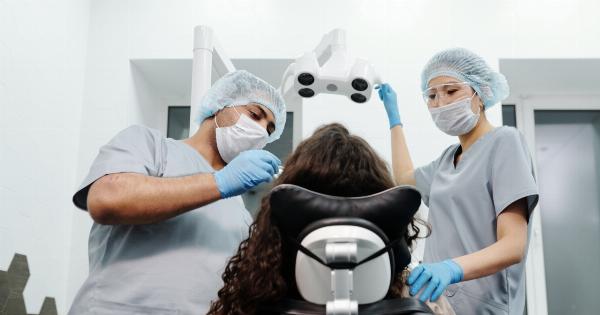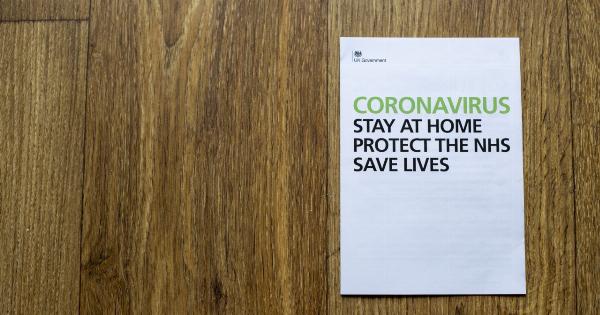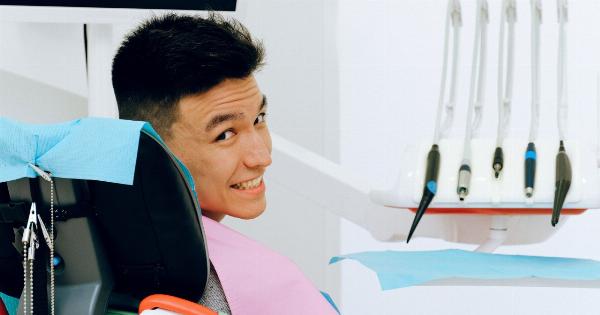Reino syndrome, also known as thromboangiitis obliterans, is a rare disease that affects the blood vessels in the arms and legs.
It is a non-atherosclerotic, inflammatory and obliterative disease that leads to the narrowing or blockage of small and medium-sized arteries and veins.
Reino syndrome is primarily diagnosed in young adults who have a history of smoking. It affects men more than women, and the symptoms usually appear before the age of 45.
While the exact cause of the disease is unknown, studies have shown that cigarette smoking is a major risk factor.
What are the symptoms of Reino syndrome?
The symptoms of Reino syndrome can vary depending on the location and severity of the narrowed or blocked blood vessels. The most common symptoms of Reino syndrome include:.
- Coldness in the hands and feet
- Numbness or tingling in the hands and feet
- Pain or burning sensation in the hands and feet that worsens with activity
- Weakened or absent pulse in the affected limbs
- Skin changes, such as redness, ulcers, or gangrene
Reino syndrome can affect both arms or legs, but it usually affects only one limb at a time. The symptoms can also progress over time if left untreated, leading to ulcerations and even amputation in severe cases.
How is Reino syndrome diagnosed?
Reino syndrome is diagnosed based on a combination of medical history, physical examination, and imaging tests. Your doctor will start by asking you about your symptoms and your smoking history.
They will then perform a physical examination to check your pulse and assess any skin changes.
Imaging tests, such as angiography or Doppler ultrasound, can also help diagnose Reino syndrome. These tests can show the location and severity of the narrowed or blocked blood vessels.
How is Reino syndrome treated?
There is no cure for Reino syndrome, but treatment can help manage the symptoms and slow down the progression of the disease.
The main aim of treatment is to improve blood flow to the affected limbs and prevent complications such as ulcerations and amputations.
The first step in treatment is to quit smoking. Smoking cessation is essential in preventing the disease from progressing and improving blood flow.
Your doctor may also prescribe medications such as vasodilators or anti-inflammatory drugs to improve blood flow and reduce pain and inflammation.
In some cases, surgery may be necessary to remove the narrowed or blocked blood vessels and improve blood flow. This may involve bypass surgery or the removal of affected tissue.
In severe cases, amputation may be necessary to prevent the spread of infection or gangrene.
Can Reino syndrome be prevented?
Reino syndrome cannot be prevented entirely, but certain lifestyle changes can reduce the risk of developing the disease. Quitting smoking is the most effective way to prevent Reino syndrome as smoking is a major risk factor.
Other prevention measures include:.
- Exercising regularly to improve blood flow
- Maintaining a healthy weight
- Eating a healthy diet
- Managing other underlying medical conditions such as diabetes and high blood pressure
Conclusion
Reino syndrome is a rare disease that affects the blood vessels in the arms and legs. It is primarily diagnosed in young adults who have a history of smoking and can lead to coldness, numbness, and pain in the hands and feet.
While there is no cure, treatment can help manage symptoms and prevent complications such as ulcers and amputations. Quitting smoking is essential in preventing the disease from progressing, and other lifestyle changes such as exercise and maintaining a healthy weight can also reduce the risk of developing the disease.




























